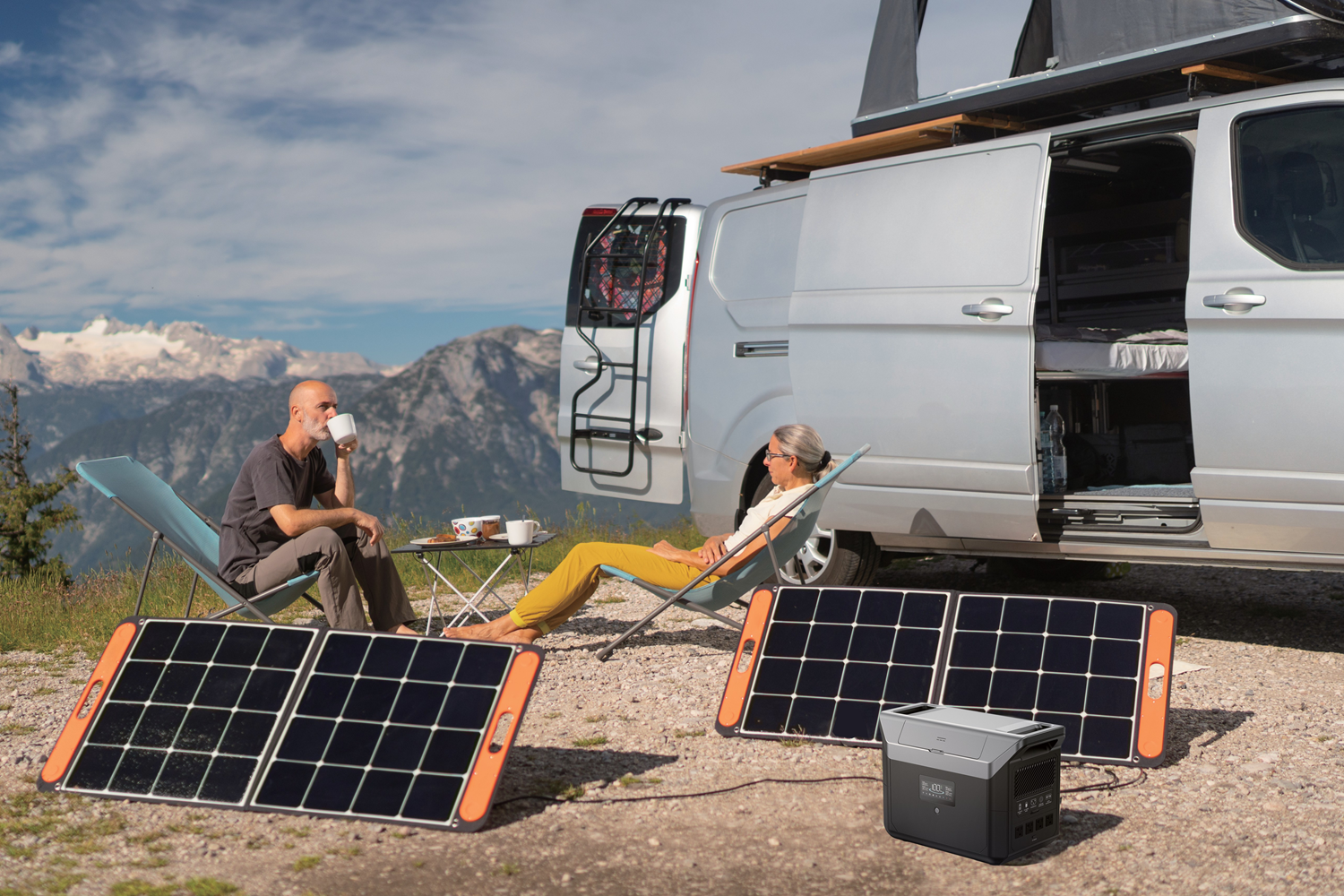Maximizing Energy Efficiency: A Guide to Portable Solar Panel Placement and Maintenance

Are you tired of high electricity bills? Looking for long-term cost-saving opportunities? Portable solar panels may hold the key to reducing your energy expenses. However, it's crucial to understand that the placement of these panels plays a significant role in their performance and energy production. In this guide, we'll explore the importance of finding the ideal spot for your portable solar panels and provide valuable tips to maximize their efficiency.
Key Factors for Optimal Energy Production
To ensure optimal energy production from your portable solar panels, consider the following factors:
-
Sunlight Availability: Portable solar panels convert sunlight into electrical energy, so it's essential to place them in an area with maximum sun exposure. Aim for a spot that receives direct sunlight from 10 am to 4 pm, when the sun is at its brightest and strongest.
-
Shade: Shade can significantly impact the energy output of portable solar panels. Avoid installing them in areas with overhead structures, trees, or buildings that cast shadows, as this diminishes their efficiency. Find a location with minimal shade, especially during midday when the sun is at its peak intensity.
-
Orientation: The direction in which your portable solar panels face is crucial. In the northern hemisphere, panels should face south to receive the most sunlight. In the southern hemisphere, north-facing panels are ideal. If you're on the go and have mounted panels on your car, ensure they are pointed in the right direction when parking to maximize sun exposure.
-
Angle of Inclination: Adjusting the angle of your panels relative to the ground can optimize their output. During summer, align the panels with your latitude, and adjust to a lower angle during winter when the sun is lower in the sky. You can calculate the ideal tilt angle using a simple formula based on your location and the season.
-
Weather Conditions: Choose a location sheltered from heavy rain, snow, and clouds. If you're camping, find a sheltered campsite or use a camping shelter. At home, protect your panels from the elements to ensure optimal performance.
Portable Solar Panel Placement Ideas
Now that you understand the key factors, let's explore some common placement ideas for portable solar panels:
-
On the Ground: Placing panels on the ground is a quick and easy option. Ensure they are level and secure, which allows for easy movement and flexibility.
-
On a Roof or Patio: Installing panels on a roof or patio provides a permanent and stable placement option. Ensure proper mounting and secure placement using appropriate hardware.
-
In a Garden or Backyard: If you have a garden or backyard, it can be an ideal spot for portable solar panels. Ensure they are positioned in a sunny area and can be easily moved if needed.
-
On an RV or Camper: For those who enjoy traveling, mounting panels on an RV or camper allows you to harness solar power while on the go. Ensure correct mounting and protection from elements like high winds and rain.
Maximizing Portable Solar Panel Output
To further optimize your portable solar panel output, understanding peak sun hours is crucial. These are the hours during the day when the sun is at its highest point, providing maximum intensity and energy generation. Peak sun hours vary based on location, time of year, and weather conditions. Online resources like the National Renewable Energy Laboratory's PVWatts Calculator can help determine average peak sun hours for your area.
Cleaning and Maintaining Portable Solar Panels
To keep your portable solar panels operating at their best, regular cleaning and maintenance are necessary. Here are some tips:
-
Cleaning Frequency: Clean your panels weekly in dusty areas and monthly in more humid regions. Remove any debris using a soft-bristled brush, followed by a gentle wipe-down with a damp cloth. Stubborn spots can be scrubbed with a bit of water and the brush. Dry the panels with a clean cloth, avoiding harsh chemicals or abrasive materials.
-
Storage: Store your panels in a cool, dry place when not in use to prevent dirt and debris buildup. If storing outside, use a protective cover.
-
Regular Inspection: Monitor panel output and check for loose connections or damage. Promptly address any issues to avoid further damage.
Get Your Solar Placements Right
By carefully considering these factors and following the tips provided, you can make the most of your portable solar panels. Proper placement and maintenance will maximize energy production and help reduce your long-term energy costs. If you're looking for high-quality portable solar panels and expert advice, consider exploring Troncubes' range of products.
Start harnessing the sun's power today and embrace a more sustainable and cost-effective energy solution with portable solar panels.

